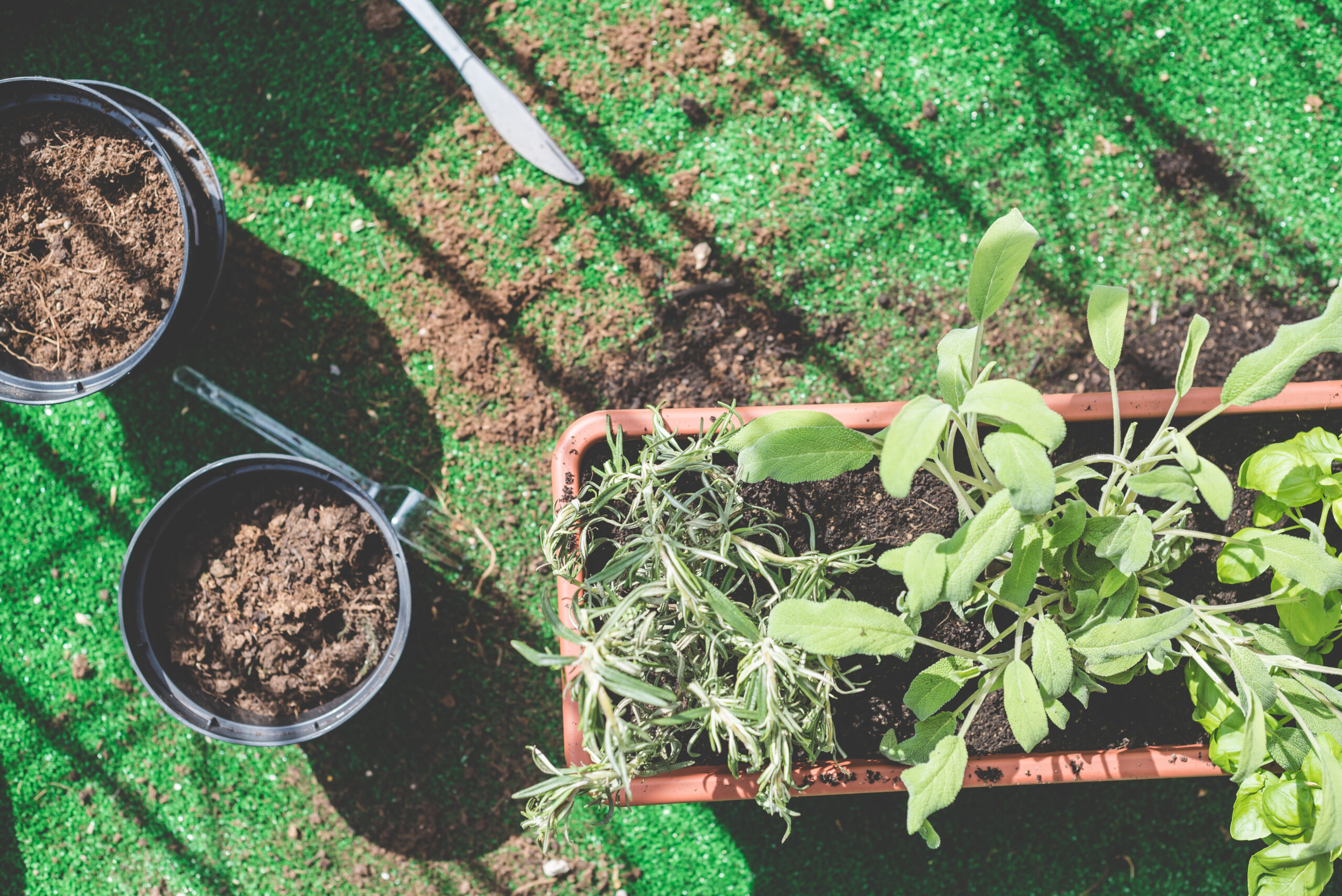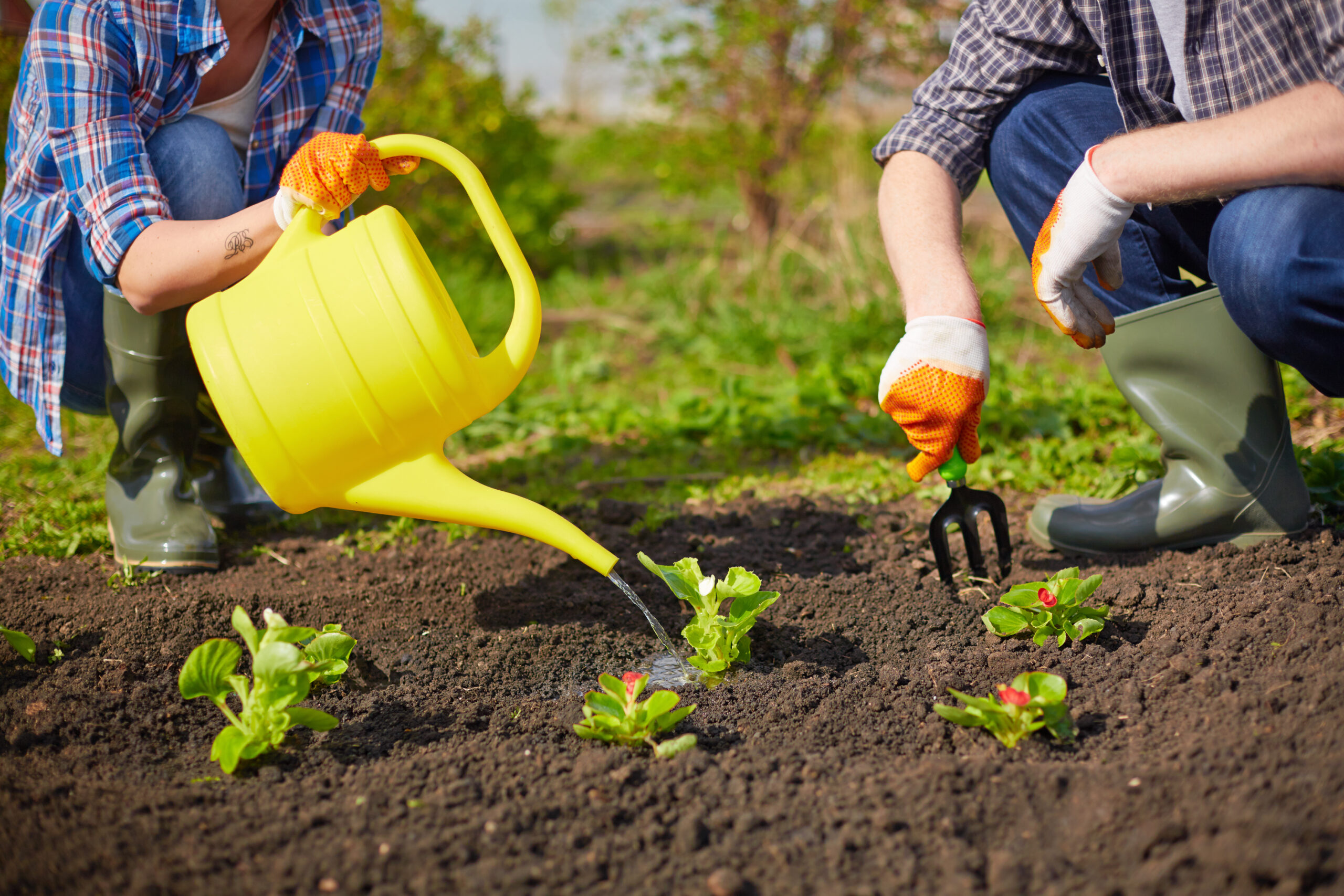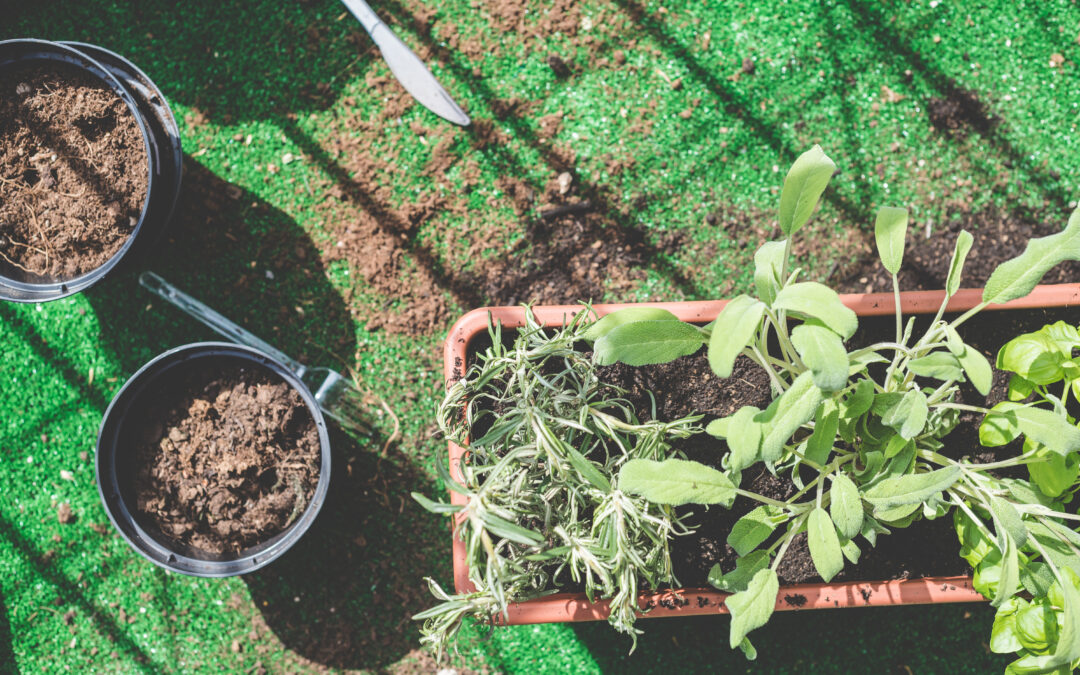Gardening is a rewarding hobby that can provide you with fresh, healthy produce right from your own backyard. If you’re new to home farming or simply looking for guidance on how to grow vegetables successfully, this comprehensive guide will walk you through every step of the process. Let’s get started!
Introduction to Home Farming
Home gardening has become increasingly popular in recent years as more people seek out ways to live sustainably and reduce their carbon footprint. Whether you have a small balcony or a large yard, there are plenty of opportunities to start growing your own food. One of the best things about home farming is that it allows you to control what goes into your food – no pesticides, herbicides, or genetic modification. Plus, nothing tastes better than homegrown veggies straight from the source!
Choosing the Right Vegetables to Grow
The first step in starting your home farm is choosing which vegetables to grow. Consider factors such as space availability, sunlight exposure, soil quality, and climate when selecting plants. Some great options for beginners include tomatoes, lettuce, radishes, spinach, and green beans. These crops are easy to care for and don’t require much maintenance once they’ve been planted.
Preparing Your Garden for Planting
Once you’ve selected your vegetables, it’s time to prepare your garden for planting. Start by removing any weeds or debris from the area where you plan to plant. Next, till the soil to loosen it up and make it easier for roots to penetrate. You may also want to add compost or other organic matter to enrich the soil and promote healthy growth.
Caring for Your Plants Throughout the Season
After you’ve planted your seeds or seedlings, it’s essential to keep them well-watered and fertilized throughout the season. Make sure to follow recommended watering schedules based on your region and weather conditions. Additionally, consider using natural fertilizers like compost tea or fish emulsion to give your plants an extra boost of nutrients.

Harvesting and Preserving Your Homegrown Produce
Finally, after all your hard work, it’s time to harvest your delicious homegrown produce! Be sure to pick fruits and vegetables at peak ripeness to ensure maximum flavor and nutrition. Once you’ve harvested everything, consider preserving some of your bounty for later use. Canning, freezing, and drying are all excellent methods for extending the shelf life of your produce.
In conclusion, growing your own vegetables at home can be both fulfilling and rewarding. By following these steps and taking good care of your plants, you’ll soon be enjoying fresh, healthy produce straight from your own backyard. Happy farming!






